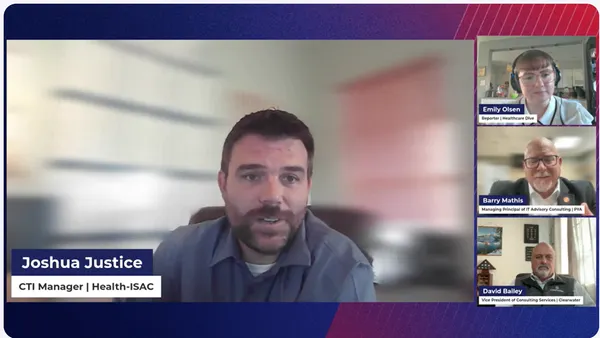Dive Brief:
- Increasingly, hospitals are letting people make online appointments for emergency room visits to ease waiting times at crowded facilities, though life-threatening cases still come first of course.
- Dignity Health has had about 12,000 patients schedule online visits to its hospital ERs in California, Arizona and Nevada since it began offering online appointments about a year ago. It also offers online appointments for urgent care centers and physician offices in its network.
- Following expansion of health insurance coverage Jan. 1 through exchanges under the Affordable Care Act, many hospital ERs are reporting more crowding; wait times at some facilities far exceed the reported national average of 28 minutes.
Dive Insight:
In addition to letting hospital ERs know who is coming in and prepare for them, online technology may build loyalty among consumers. Similar to urgent care centers, this approach allows ERs to focus more on branding, efficiency and convenience—and perhaps stand out among competitors. "It makes for a happier camper," Susan Dubuque, a hospital marketing consultant, told Healthcare Finance News. "When it comes to healthcare, consumers want more control over everything."
According to critics, making online ER appointments may add to convenience but may encourage people to seek care in costlier emergency rooms rather than perhaps more appropriate urgent care centers or medical offices. If the delivery system's aim is to provide the right care at the right place at the right time, then people able to make appointments should do so at their physicians' offices, said Del Morris, president of the California Academy of Family Physicians. That would let ERs take care of people who have emergencies.
Indeed, the system doesn't always make consumers—or ER workers—happier. Loma Linda University Medical Center in California stopped using online appointments after patients who hadn't used them complained about others walking in the door and being seen first. While ER doctors liked the system, nurses dealing with frustrated patients did not.













